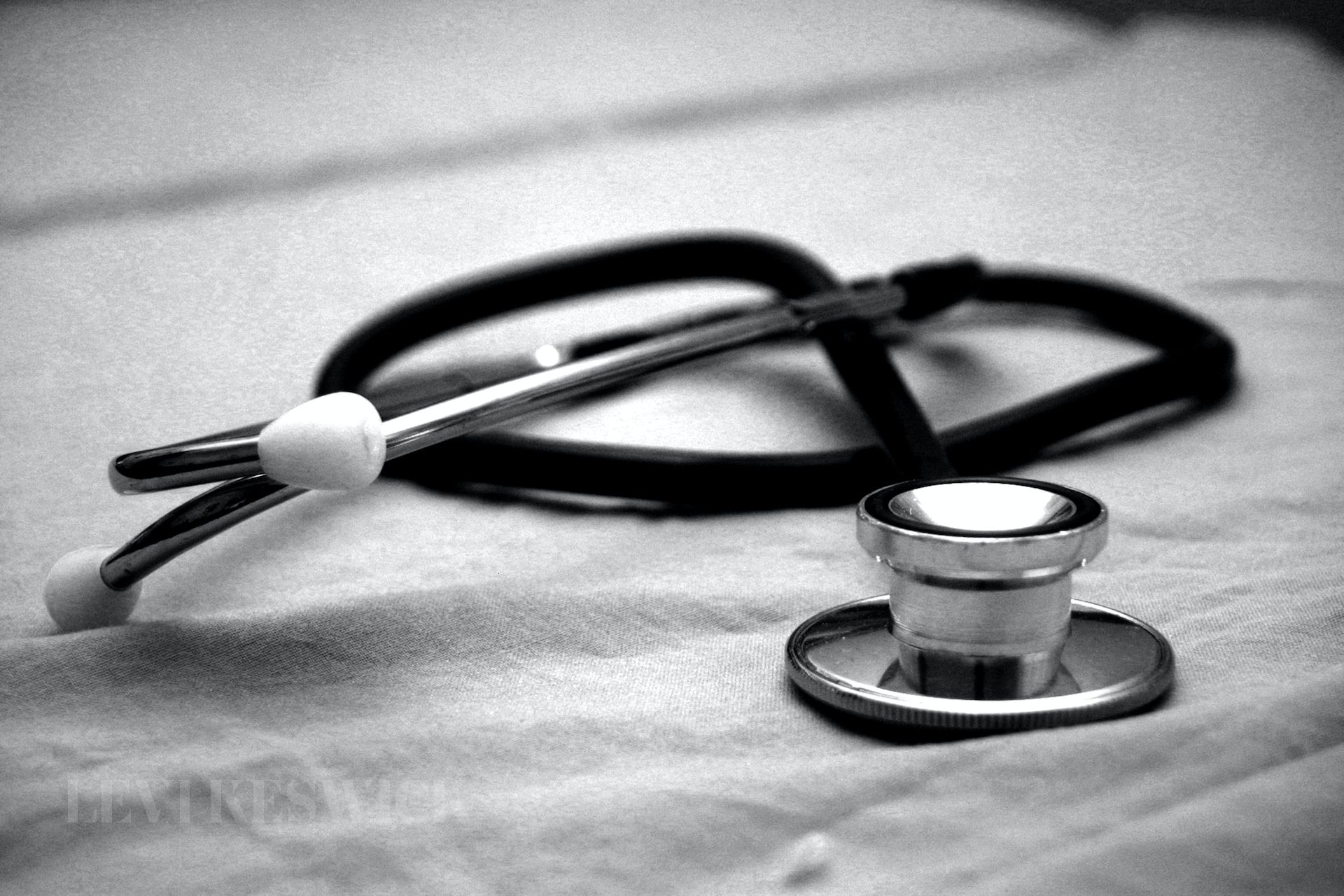Having medical insurance is a critical part of staying healthy and managing your finances. But for those without health insurance, it can feel like an impossible task to find the care they need without breaking the bank. Fortunately, there are options available for individuals who don’t have access to traditional health coverage.
This article will explore six things you need to know if you don’t have medical insurance— how to find affordable healthcare services, what types of programs may be available in your area, and strategies that can help you manage costs while still getting quality care when needed.

1. Low-cost healthcare options in your area
Depending on where you live, there may be free or low-cost medical clinics in your community. Take the time to research local programs and services available for people without insurance, such as Federally Qualified Health Centers (FQHCs), which offer comprehensive primary care services at reduced costs.
Additionally, many hospitals and health systems offer financial assistance for uninsured patients. For instance, the safety net program at UCLA Medical Center provides discounted or free care to uninsured patients who are unable to pay their hospital bills. These programs help individuals who meet certain criteria, so make sure you check with your local health center for eligibility requirements.
2. Ask about discounts or payment plans
If you don’t qualify for a government program but still need medical care, call your physician’s office to inquire about payment options. In some cases, they may be able to set up a payment plan that fits your budget.
Depending on your health state, medications may be an extra expense, so ask about discounts or generic versions of medications that can help lower your costs. Certain prescriptions for chronic conditions may be available through patient assistance programs offered by drug manufacturers, so the cost of Adderall without insurance, for instance, may be reduced if you qualify for such a program. However, make sure you read the fine print to understand any eligibility requirements.
3. Take advantage of preventive care services
It’s important to stay on top of regular checkups and screenings even without insurance, as they can help detect medical conditions early— reducing the costs of treatment down the line. Additionally, most preventive care services are available at no cost or minimal out-of-pocket costs through Medicare and Medicaid plans.
For instance, the Affordable Care Act requires all new health plans (including employer-sponsored plans) to cover preventive services without charging a deductible or co-payment. When in doubt, call your primary care provider’s office to find out which preventive care services are available at no cost.
4. Consider telemedicine options
Telemedicine – the delivery of healthcare services remotely through technology, such as video conferencing – is a great option for individuals who don’t have access to traditional medical care. Services such as Teladoc and MDLIVE allow you to connect with board-certified physicians from your home at an affordable cost.
These virtual visits can be used for a variety of non-emergent medical needs, such as colds and flu, allergies, nutrition advice, and more.
However, be aware that services such as these are not covered by insurance and may not be appropriate for more serious medical issues.
5. The importance of urgent care centers
Urgent care centers offer walk-in options for non-life-threatening illnesses or injuries that require immediate attention. In general, these visits are typically cheaper than an ER visit, and many centers will offer discounts for uninsured patients.
Some urgent care centers also offer online discounts or coupons that can help reduce the costs of your visit. Additionally, many pharmacies now offer immunizations for adults—so you don’t necessarily need a doctor’s office visit to get vaccinated against common illnesses like the flu.
6. Utilize online resources
The internet is full of valuable resources for individuals without insurance who need medical care. For instance, HealthCare.gov provides information on federal and state health insurance programs, while sites like GoodRx compare prices among different pharmacies to help you find the best deal for your prescriptions.
You may also be able to save money on treatments and procedures by comparing prices between different providers. Healthcare Bluebook is a great resource that can help you compare and shop for medical services in your area.

Having medical insurance is a great way to ensure that you have access to quality healthcare, but it’s not always an option. From government programs and telemedicine options to urgent care centers and online resources, there are many ways to get the help you need at a price point that works for your budget.
So don’t be discouraged if you can’t afford traditional health coverage—with some research and planning, affordable medical care is within reach!













